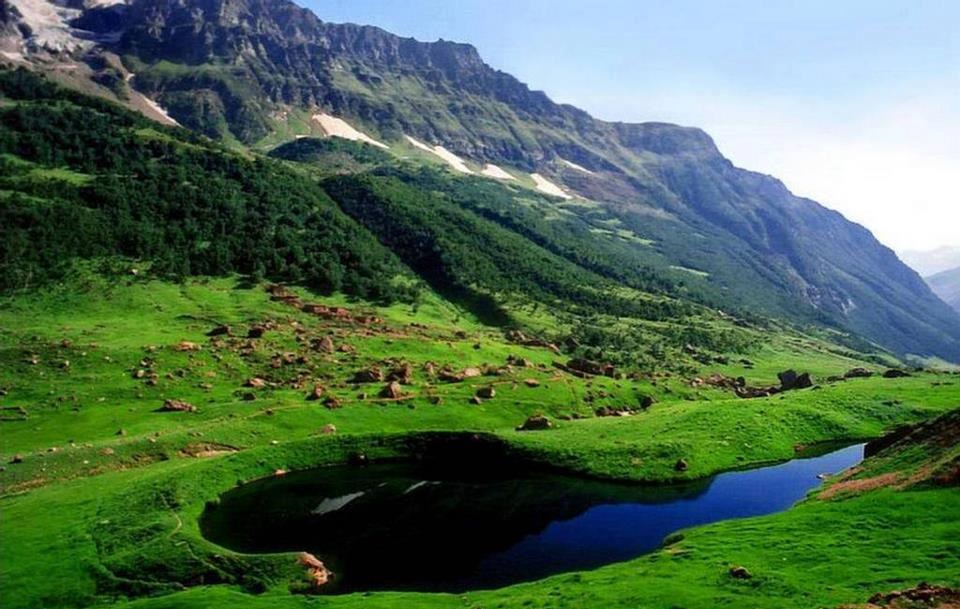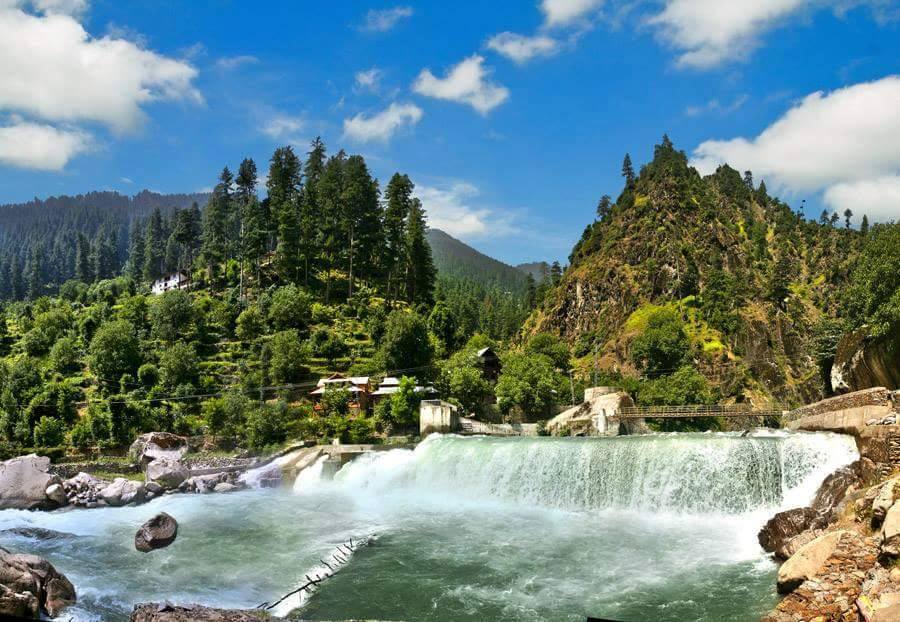Introduction to Pakistan
Pakistan,s official name is “The Islamic Republic of Pakistan”, which is a nation in South Asia. It is the World’s fifth-most populous country with a population surpassing 220 million (2020). By region, it is the 33rd-biggest nation, spreading over 881,913 square kilometres (340,509 square miles). Pakistan has a 1,046-kilometers (650-mile) coastline along the Arabian Sea and the Gulf of Oman in the south and is neighbored by India to the east, Afghanistan to the west, Iran to the southwest, and China to the upper east. It is isolated barely from Tajikistan by Afghanistan’s Wakhan Corridor in the northwest, and furthermore shares a maritime border with Oman also.The administrative units of Pakistan consist of four provinces (Balochistan, Khyber Pakhtunkhwa, Punjab, and Sindh), two autonomous territories (Azad Jammu and Kashmir, Gilgit-Baltistan) and one federal territory (Islamabad Capital Territory).
Islamabad is the capital of Pakistan and considered/administered as Federal Govt territory. It is located in between Khyber Pakhtunkhwa and Punjab provinces. Islamabad was built in the 1960s and becomes capital of Pakistan in 1967, earlier it was Karachi serves as Capital of Pakistan after partition. It is a lush green city full of parks and totally a planned city, designed by the Greek architect Constantinos Apostolou Doxiadis. Islamabad is divided into 8 zones, including administrative, diplomatic enclave, residential areas, educational sectors, industrial sectors, commercial areas, and rural and green areas. The city is considered as safest and is full of universities and colleges. Islamabad is dominated by middle and upper middle class citizens with the highest cost of living in Pakistan. The city is full of attractions like Faisal mosque, Pakistan Monument, Rawal lake, Damen-e-Koh park, Monal restaurant, Margalla Hills Viewpoint, Pir Sohwa, Lok Versa Museum, Centorous mall and Islamabad Zoo.
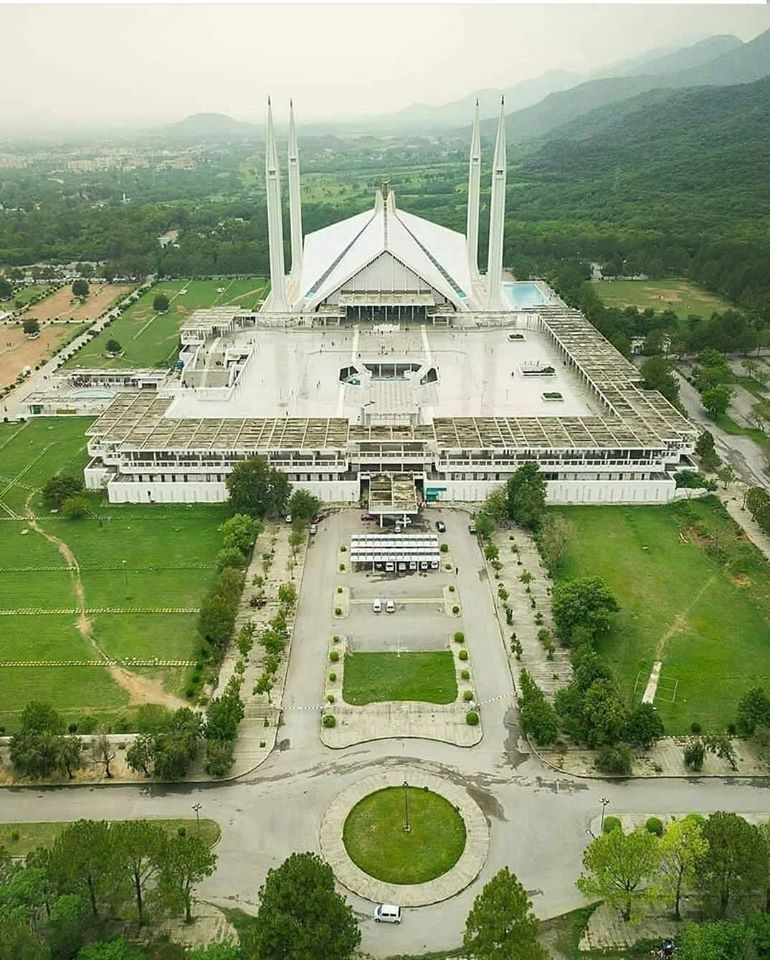
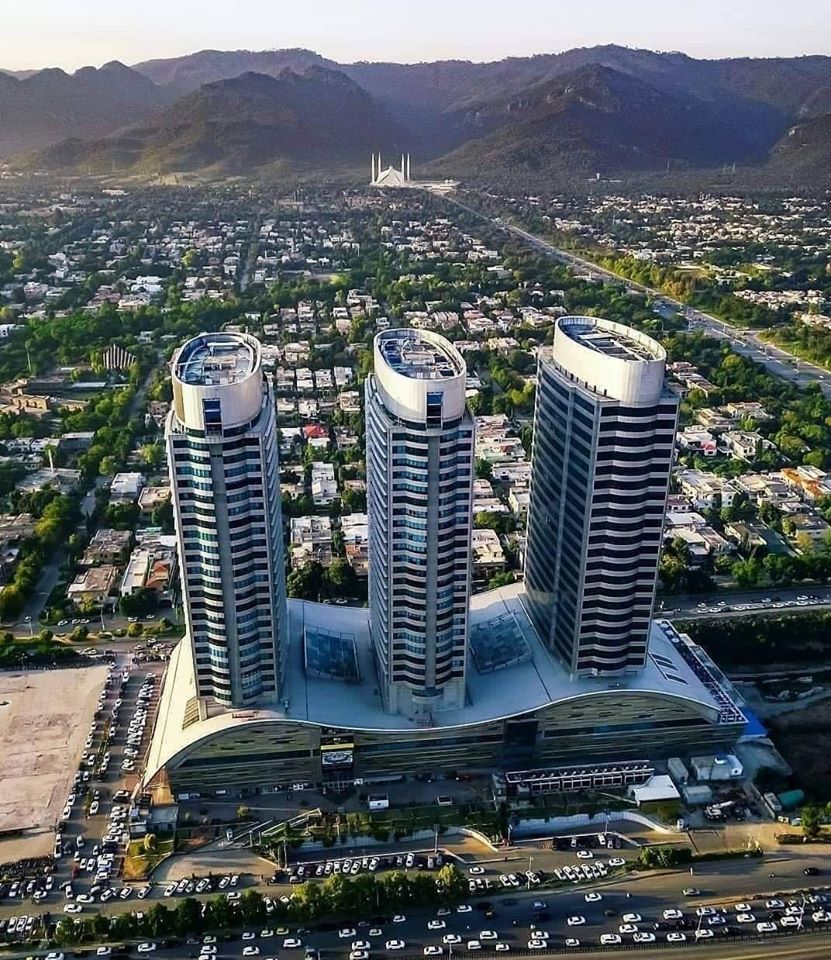
Punjab Means “Land of five waters” is the most populous province of Pakistan with an estimated population of 120 Million. Lahore is the capital of Punjab, a cultural, historical, economic and cosmopolitan center of Pakistan. Punjab has a rich history and is home of some old civilization like Indus Valley Civilization discovered in “Harappa” Punjab dating back 2600 BCE. The region has been ruled by many different empires and races including the Aryans, Persians, Greeks, Egyptians, Afghans, Mughals, Sikhs and Mongols. Punjab is strongly influenced by Sufism; a lot of shrines are situated in different part of Punjab. Like Ali-Hajveri (Data Ganj Bakhsh) Lahore, Sheikh Fariduddin Masud Ganj-e-Shakar PakPattan, Hazrat Bahauddin Zakaria Multan, and founder of Sikh religion Guru Nanak was also born in Punjab. Several UNESCO World Heritage Sites are located in Punjab, including the Shalimar Garden, the Lahore Fort, the archaeological excavations at Taxila, and the Rohtas Fort. Punjab is Pakistan’s most industrialized province with the industrial sector making up 24% of the province’s GDP. It is also one of South Asia’s most urbanized regions with approximately 40% of people living in urban areas.
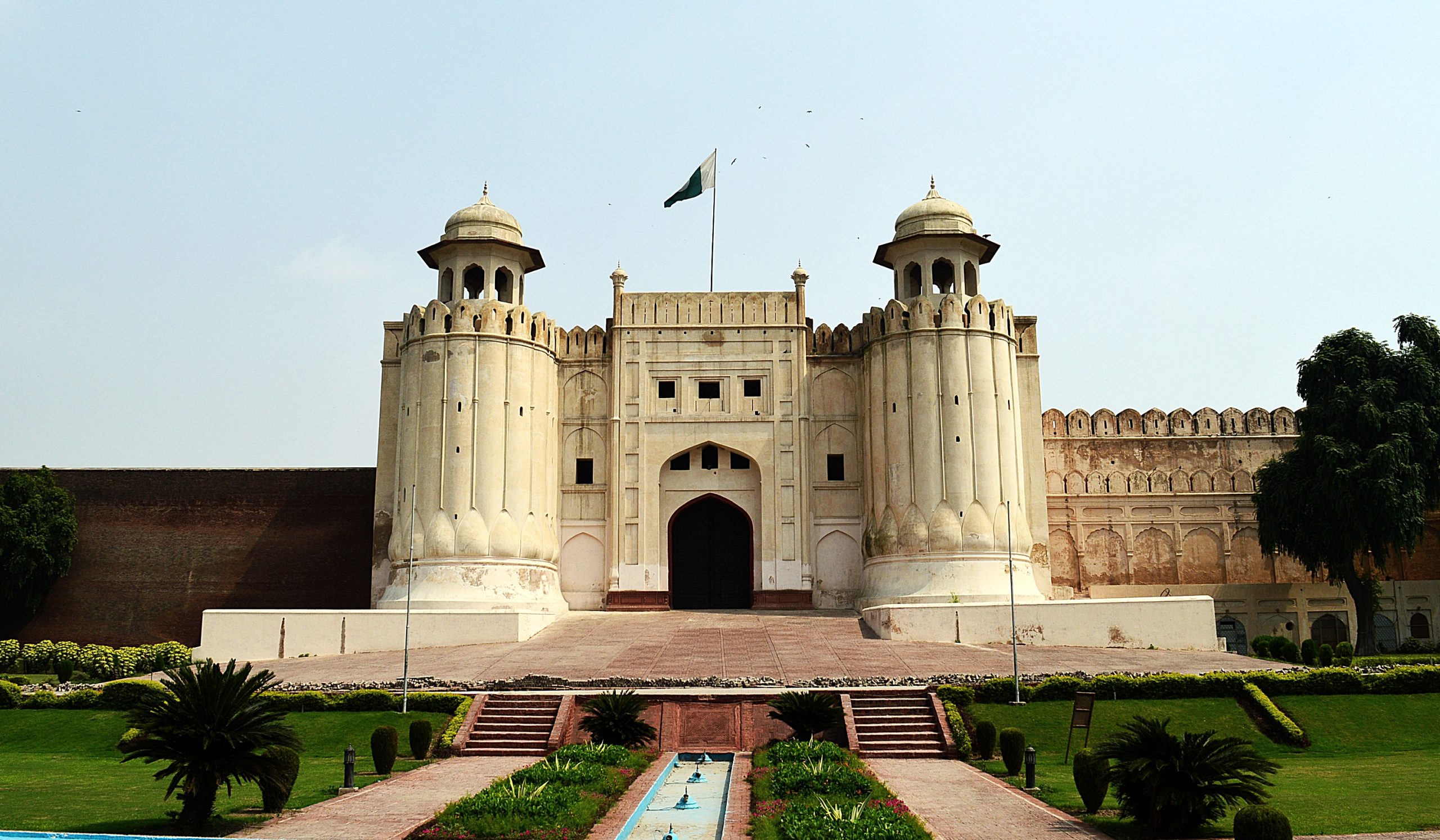
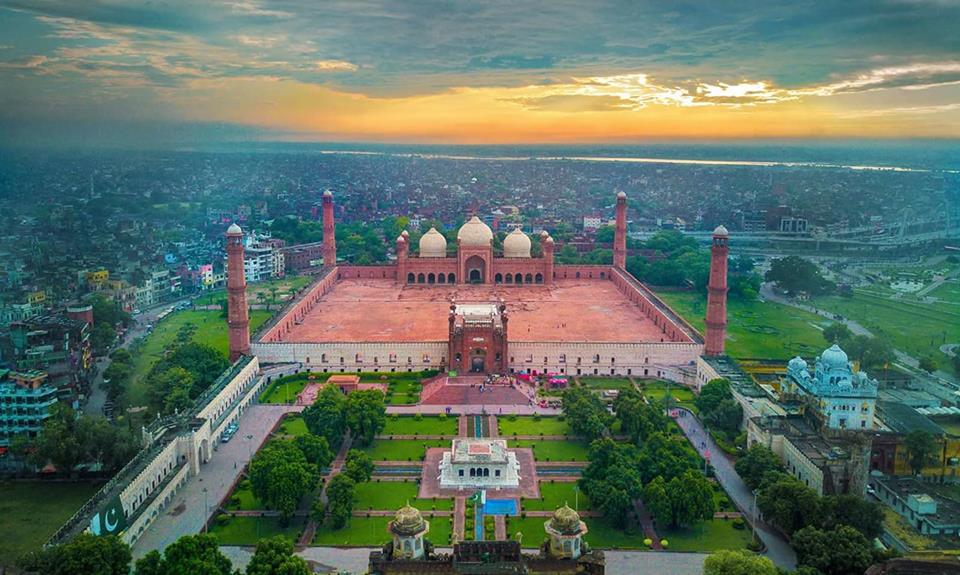
Sindh is one of the four provinces of Pakistan, It is second largest populous province and third largest in terms of area. Karachi is the capital of Sindh, one of the most industrialized city and financial Hub of Pakistan. Karachi was also the capital of Pakistan after partition and is located on the Arabian Sea. Sindh is home to a large portion of Pakistan’s industrial sector and contains two of Pakistan’s commercial seaports, Port Bin Qasim and the Karachi Port. Sindh is also home to two UNESCO World Heritage Sites, one is the Historical Monuments at Makli, and the 2nd is Archaeological Ruins at Mohenjo-Daro. Permanent settlement in Sindh dates back to about 7000 BC. The Indus Valley civilization, one of the world’s oldest cultures, flourished in Sindh in 3300–1750 BC. Sindh became a Persian province in the sixth century BC, and was occupied by Alexander the Great in about 326 BC. In the subsequent centuries, Buddhist Greco-Bactrians, Scythians, Persians, and Rajputs held sway in the region. In 711 AD, the Umayyad general Muhammad bin Qasim dominated Sindh with a force of 20,000 cavalry and five catapults.
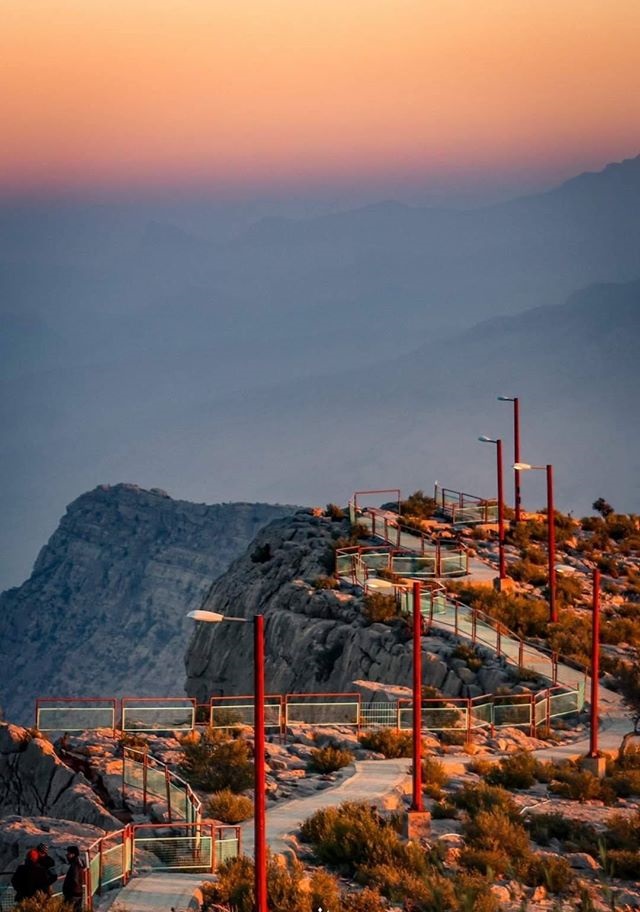
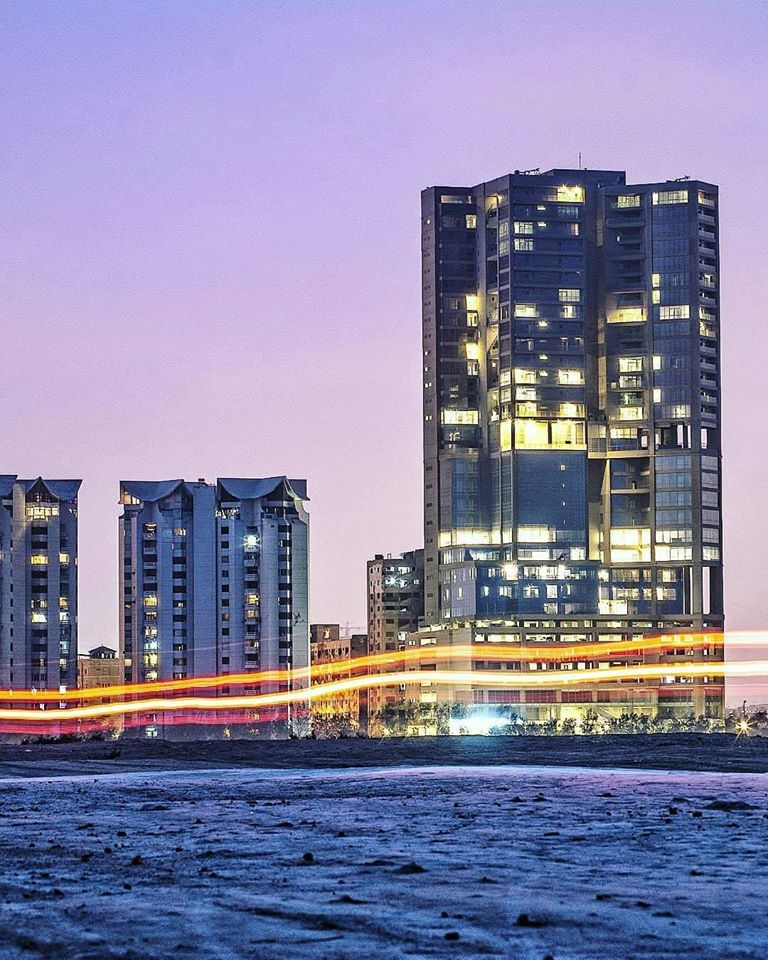
KPK (Khyber Pakhtunkhwa) formally known as NWFP (North-West Frontier Province) is the third largest province of Pakistan in terms of Area and economy. After 18th amendment and bill passed in National Assembly of Pakistan on 28 May 2018 FATA (Federally Administered Tribal Areas) is now part and merged in KPK. Peshawar is the capital and largest city of KPK. KPK is known as the tourist hotspot for adventurers and explorers and attract millions of tourist from all over Pakistan as well as whole world. KPK has a diverse landscape ranging from rugged mountains, valleys, hills and dense agricultural farms. A lot of tourist attractions are there in this Province out of that top 10 are Malam Jaba (Skying resort), Lake Saif-ul-Malook, Nathiagali, Mushkpuri, and Ayubia national Park, Swat Valley, Kalash Valley, Shogran, Thandiani and Ansoo Lake. Apart from this list there are several other mountain passes, tunnels and highways that attract a lot. Several valleys like Swat valley, Kaghan Valley, Kalam Valley, Kumrat Valley, Chitaral valley are hot tourists destinations. KPK also has huge list of Lakes like Ansoo Lake, Daral Lake, Dudipatsar, Kundol Lake, Mahodand Lake, Jabba Zomalu Lake, Katora Lake, Lake Saiful Muluk, Lulusar Lake, and Pyala Lake. There are a number of Buddhist archaeological sites from the Gandhara civilization such as Takht Bhai and Pushkalavati. There are also a number of other Buddhist and Hindu archaeological sites including Bala Hisar Fort, Butkara Stupa, Kanishka stupa, Chakdara, Panjkora Valley and Sehri Bahlol.
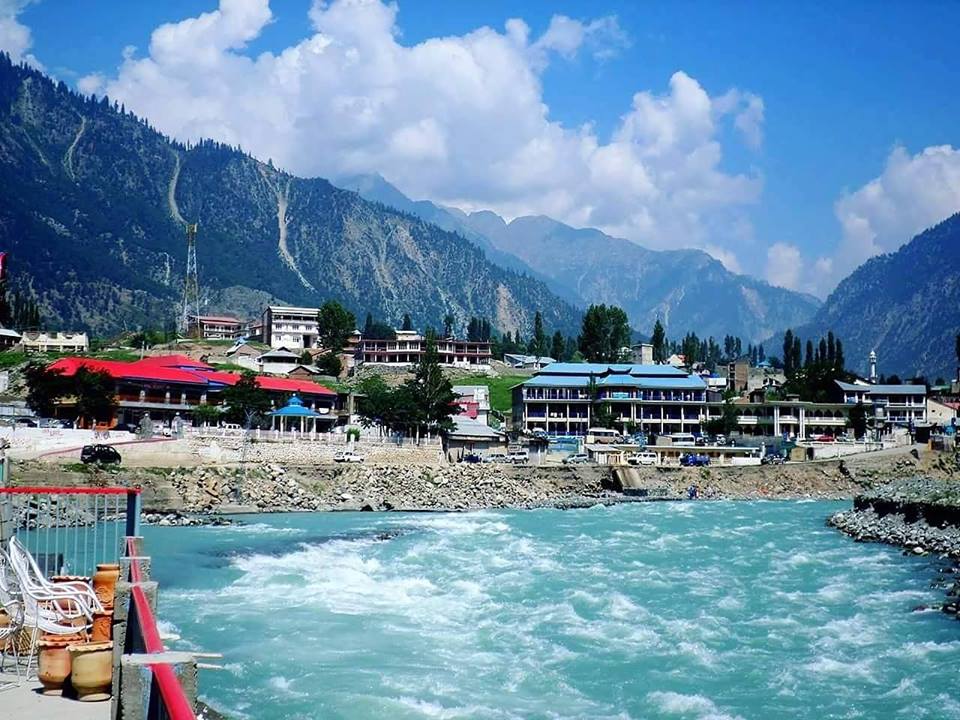
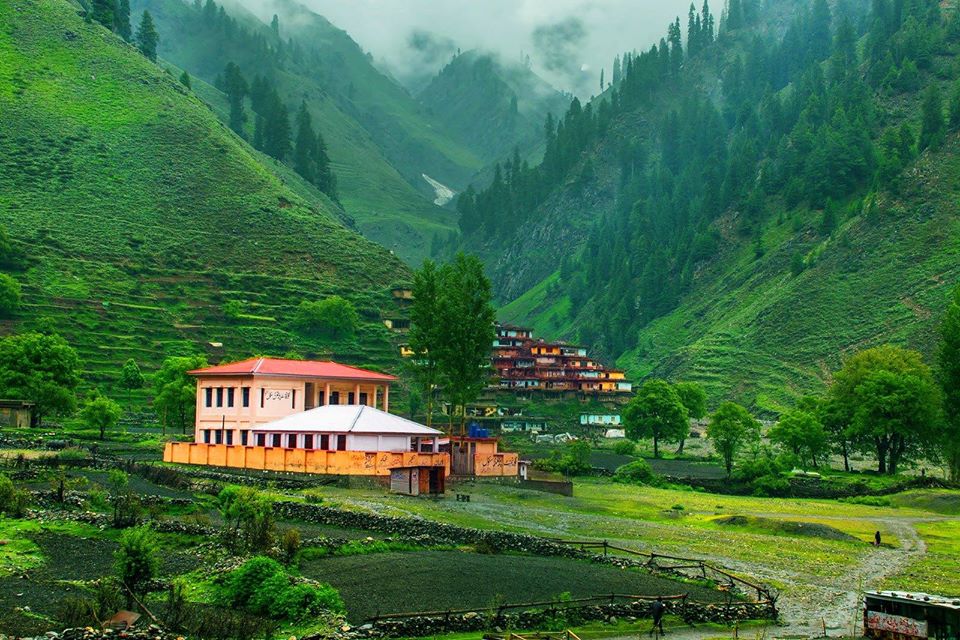
Balochistan is one the four provinces of Pakistan, it is the largest province in terms of area but less populated. Quetta is the capital and largest city of Balochistan. Balochistan is full of minerals and natural resources like natural gas, Oil, Gold, Copper, and Coal Extra. Balochistan has a major sea port of Gawadar, which is one of the deepest ports of the world and part of CPEC. Baluchistan’s long coastal belts extend from Karachi through Sonmiani, Ormara, Kalmat, Pasni, Gwadar, Jiwani and all the way up to Iran. It is also for its hill tops and rugged mountainous terrain. According to French Archaeologist Professor Jarrige, by 6,000 BC farmers on the Bolan River were cultivating barley, wheat and dates using floodwater and storing their surplus in large mud bins. The people here were growing cotton and making pottery. Before the birth of Christ, it had trade links with ancient civilization of Babylon through Iran. Alexander the Great (326 BC) had an encounter with the Sibia tribe of Balochistan. Muhammad Bin Qasim (711 AD) and Mehmood Ghaznavi (11th century AD) also invaded Balochistan. If we talk about top 10 list of places to visit we have Pir Ghyab Waterfalls Bolan, Moola chotak Waterfall, Quaid-e Azam residency Ziarat, Hannah Lake Quetta, Wadi-e-Bolan and Bolan Pass, Hingol national park, Kund malir beach, Pir Chatta Norani (Oasis) Jhal Magsi, Astola Island, and Jhal Magsi Desesrt Rally.
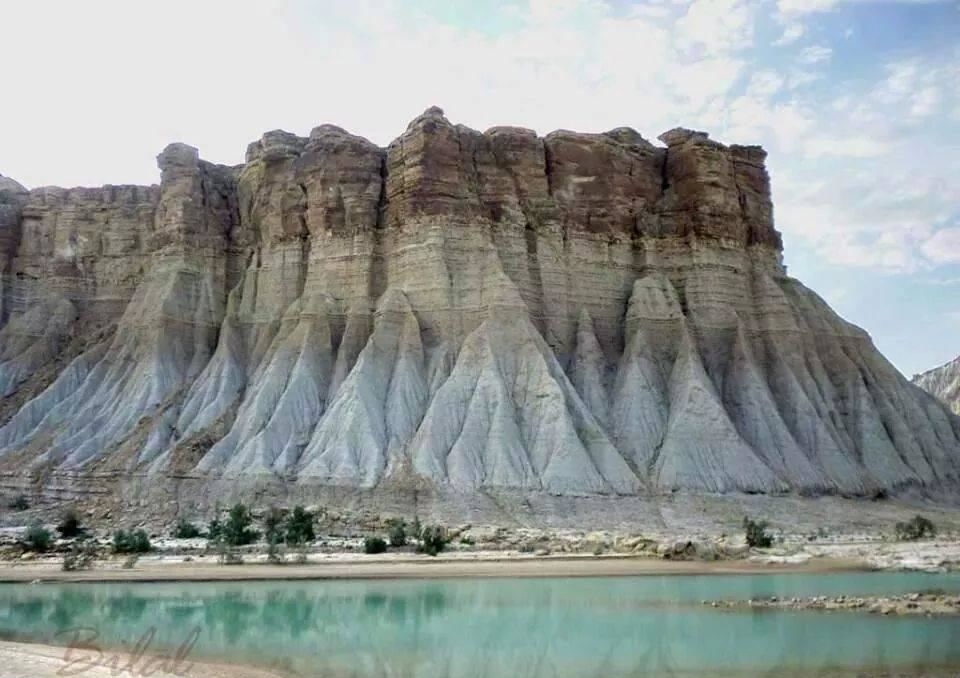
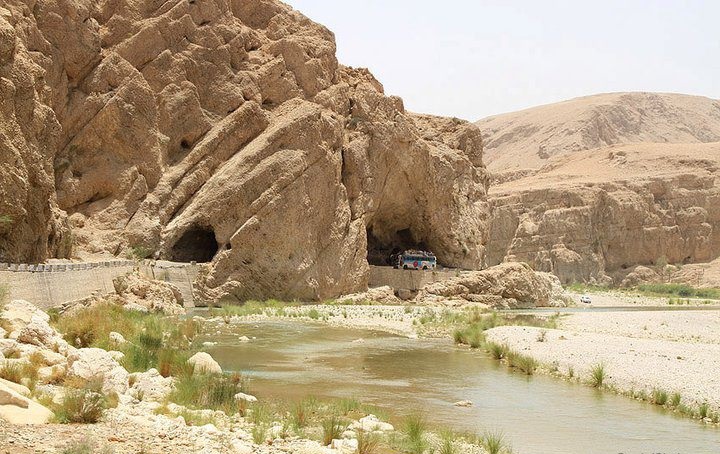
Gilgit Baltistan (GB) formally known as Nothern Areas or North Pakistan, is an autonomous territory within Pakistan. Gilgit-Baltistan covers an area of over 72,971 km² (28,174 sq mi) and is highly mountainous. It had an estimated population of 2 million+ in 2020. Its capital city is Gilgit GB is administratively divided into three divisions: Baltistan, Diamer and Gilgit, which, in turn, are divided into fourteen districts. The climate of Gilgit-Baltistan varies from region to region; surrounding mountain ranges creates sharp variations in weather. The eastern part has the moist zone of the western Himalayas, but going toward Karakoram and Hindu Kush, the climate dries considerably. Gilgit-Baltistan is home to five of the “eight-thousanders” (K2 (Mount Godwin Austin/Chogori), Nanga Parbat, Gasherbrum l, Gasherbrum ll, Broad Peak) and more than fifty peaks above 7,000 metres (23,000 ft). Three of the world’s longest glaciers (The Biafo Glacier, the Baltoro Glacier, and the Batura Glacier) outside the Polar Regions are found in Gilgit-Baltistan. We have huge list of places and attractions you can visit in Gilgit Baltistan, here we are mentioning top ten list. In Top 10 List we have K2 Base camp (2nd Highest mountain in the world), Fairy meadows, Deosai National park, Hunza Valley, Naltar Valley, Phandar Valley, Upper and lower kachura lakes, Attabad Lake, Nagar Valley and Passu cones. In the early history GB was part of Tibet and Buddhism was the religion of this part. In 12-13th century region came under Islamic influence which ends in the form of Sikh Empire and then British Rule.
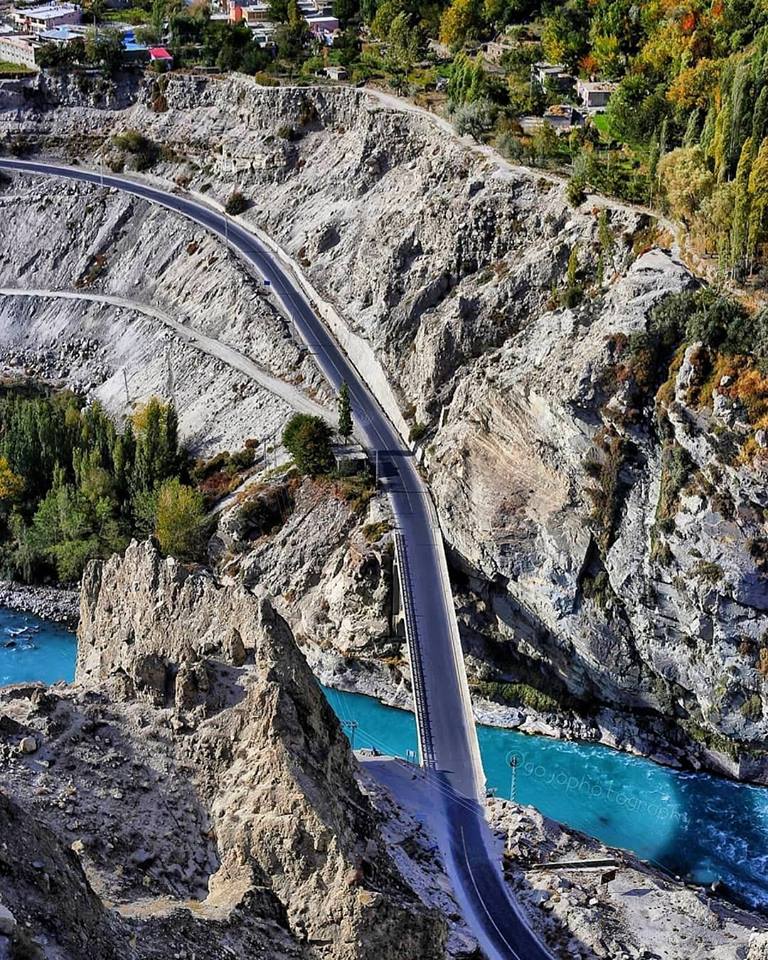
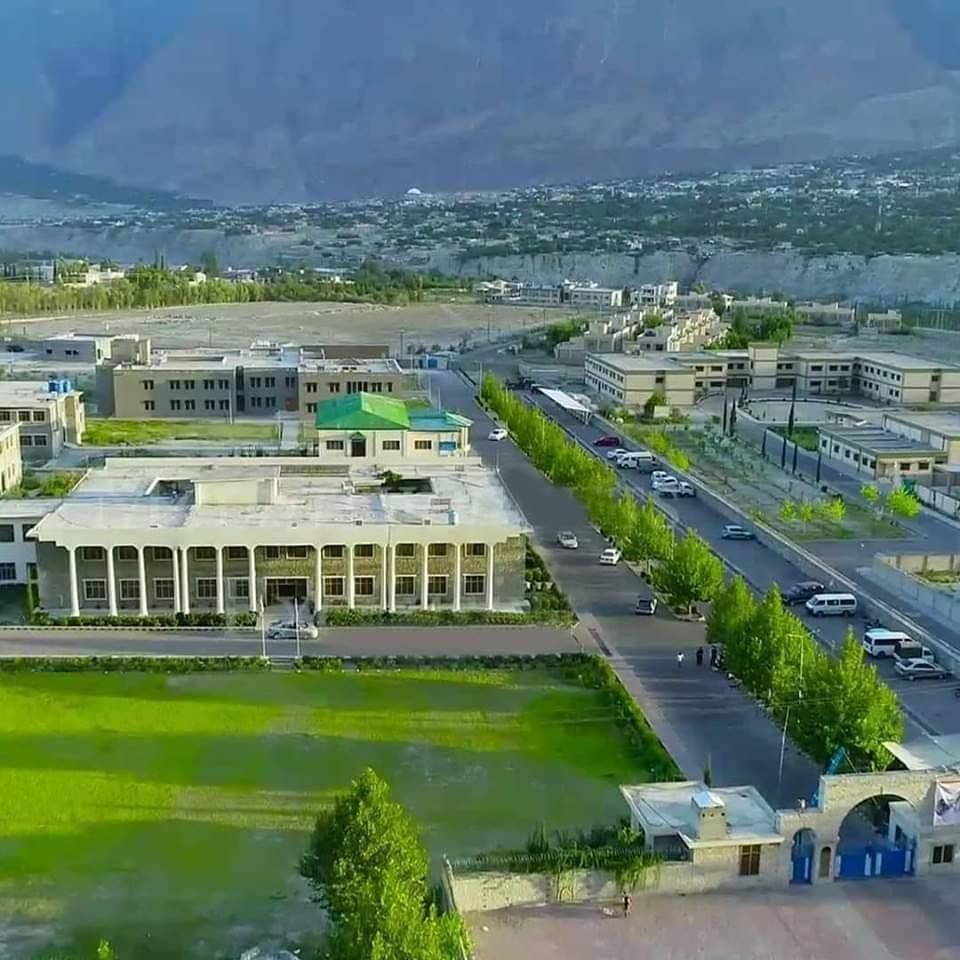
Azad Jamu and Kashmir (AJK) is an autonomous body within Pakistan, having Muzaffarabad as his capital. AJK has its own National Assembly and Supreme Court, president is the head of state while as prime minster serves as chief executive of the state both are elected by the legislative Assembly of AJK. Ministry of Kashmir Affairs and Gilgit-Baltistan serves as a link with Azad Kashmir’s government, although Azad Kashmir is not represented in the Parliament of Pakistan. It has an area of approximately 650 square miles (1,680 square km), it consist of 10 districts and further divided into 32 tehsils. At the time of partition it was decided that Muslim majority areas will become the part of Pakistan as Hindu majority areas will be part of India but still Kashmir is disputed territory after a number of UN resolutions that gives the Kashmiri people right to decide whether they want to go with Pakistan or India. If we talk about top 10 destinations to visit in Azad Kashmir we have Neelum Valley, Jhelum Valley, Leepa Valley, Rawalakot, Banjosa Lake, Toli peer, Ramkot fort, Pir chinasi, Red fort and Shounter Lake in the list.
